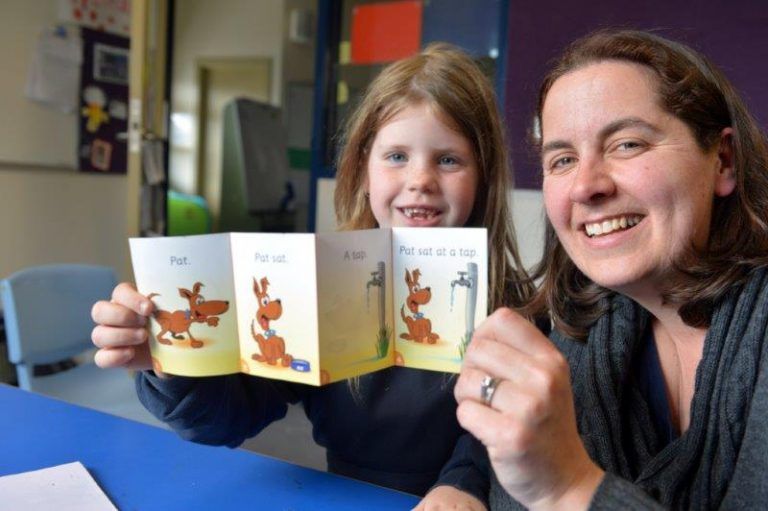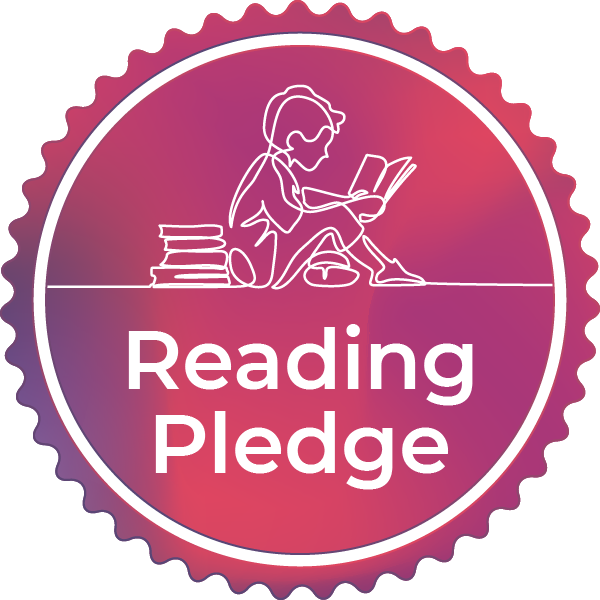Five ways to support a child with learning difficulties
An interview with Sarah Asome
Literacy rates in Australia are at an all time low, with 44% of adult Australians living without functional literacy skills, according to the Australian Bureau of Statistics.
Sarah Asome, one of our Master trainers at the Dyslexia Orton-Gillingham Institute, and esteemed Principal of Bentleigh West Primary School in Melbourne, is passionate about contributing to improved literacy rates in Australia, and believes that there are some very simple steps we can all take to make it happen.
A dedicated teacher, focussing on children with neurodiversity, Sarah’s life changed when she travelled to the US to attend the International Dyslexia Association conference after being awarded the title of "Teacher of the Year" in Victoria in 2015.
“That’s when I first heard Ron Yoshimoto speak, and it was truly life-changing,” she said.
A specialist dyslexia trainer and founder of the Yoshimoto approach to Orton-Gillingham teacher training, Ron spoke about his approach to literacy teaching as something that could be valuable for all learners, not just children with learning difficulties.
“After hearing Ron speak I knew his approach was exactly what we needed in our classrooms,” she said.
“So I encouraged him to travel to Australia and work with the staff at my school. The results were incredible.”
Sarah has since been trained as a Yoshimoto O-G Master Trainer, with the Dyslexia Orton-Gillingham Institute, educating teachers all over Australia in the Ron Yoshimoto approach.
“It’s truly been a game-changer for the schools we have worked with,” she said.
“We had one principal recently report that their intervention rates went from 25% to 6% after implementing the Yoshimoto Orton-Gillingham approach through our teacher training - which is a fantastic result. But we need to do more.”
With one in three children “falling short” in their reading skills according to the 2024 Grattan Institute Report, Sarah understands that there is still a long way to go, but she’s also hopeful that with the right information we can all contribute to moving the dial.
According to Sarah, there are five steps that parents, teachers and principals can take to help children who are falling behind, in order to prevent the rising gap in literacy among Australian children.
Step 1. Be aware of family history
Sarah says the first step in understanding if a child might need extra help at school is to look at their family history.
“Sadly our understanding of dyslexia and diverse ways of learning is relatively new, so many adults have never been diagnosed and have just found ways to live with their learning challenges,” Sarah said.
“So the first place to look is within a child’s family to see if there is a history of learning challenges.
“This is a really helpful way of highlighting whether a child might be at risk of learning challenges, or may need extra support as they start school.”
Step 2. Look for the signs early
If you notice something isn't quite right with a child’s learning, it’s important to speak to a speech therapist or child psychologist to get them assessed early.
And when Sarah says “early” she means preschool or kindy age.
“If a child can’t read by the time they’re in year three, it’s a 75% chance they won’t be able to close that gap,” Sarah said.
“So making sure you intervene early and quickly will give your child the best chance at learning.”
Step 3. Talk to the school
If a child has been assessed for learning difficulties or seems to be falling behind in the classroom it’s a good idea to speak to their preschool or school administrators to see where they may be able to help.
Many schools provide support for students who are falling behind. This may also be a good time to introduce the school, particularly the principal, to teaching approaches such as the
Yoshimoto Orton-Gillingham approach, as it’s for all learners and has been proven to help schools in reducing the number of children needing literacy intervention.
“The Yoshimoto approach is relatable to whole class instruction as well as the individual who has special needs,” Sarah said.
“So it’s the ideal teaching method for principals to introduce to their educators, as it covers all aspects of literacy, incorporating reading and writing for everyone no matter their level of understanding.”
Step 4. Find a tutor
If your child or student is found to have a learning difficulty, or just learns in a different way, the best way to support them outside of the classroom is to engage with a one-on-one tutor.
“This could be a speech therapist or a Multisensory, Orton-Gililngham trained tutor,” Sarah said. “A professional who can support the child with additional training early so that they can keep up in the classroom and won’t be left behind.”
Step 5. A lifetime of learning
As a parent, teacher or principal you also have the power to make an enormous difference in the lives of children by learning more about best practice methodologies to teaching.
Attending a
Yoshimoto Basic Training course is the best place to start, if you’re looking for new ways to engage your children in lifelong learning.
“The Yoshimoto approach is about using repetition to reinforce learning overtime, and ensuring everyone is absolutely comfortable with the concept before introducing something new,” Sarah explains.
“It’s about teaching children “why” rather than “what” - it is also highly researched and backed by evidence, and the results speak for themselves.”
While these courses are tailored to educators, they can also be incredibly valuable for parents who are looking for better ways to understand language and how it works.
To learn more about our training courses visit the
Dyslexia Orton Gillingham Institute courses page for more information.


